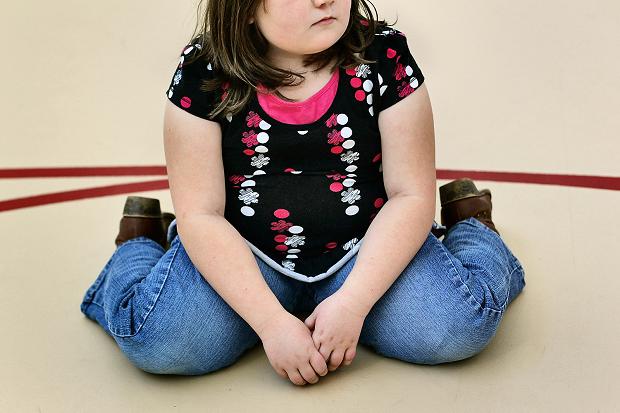Most children today could not run as fast or as far as their parents did when they were young, according to new research. The decline in the cardiovascular fitness of children internationally has been shown in a study comparing long distance running times of children over the past 50 years.
Grant Tomkinson, who led the research at the University of South Australia in Adelaide, said: “Imagine you are racing over four laps of an Olympic track. If you took the average child from 1975, transported them to today, put them against the current average child, they would beat them by almost a lap.”
The study, presented yesterday at the American Heart Association’s Scientific Sessions in Dallas, found that, on average, endurance has declined consistently by about 5 per cent every decade. In a one-mile race, children today are about a minute and a half slower than children of 30 years ago.
Internationally, children today score about 15 per cent lower on measures of cardiovascular fitness than their parents did as children. In the US, children’s cardiovascular endurance fell by an average of 6 per cent per decade between 1970 and 2000.
Dr Tomkinson said that a number of different factors were behind the decline. “There are probably a constellation of influences,” he said. “One of the most likely candidates is that we certainly know that people are fatter now than they were in the past. That reduces the ability to perform aerobic exercise. Probably what is also happening is that there has simply been a reduced exposure to prolonged exercise. People are just less accustomed to the sort of huff and puff exercise that leaves them out of breath.”
The scientists analysed 50 studies on running fitness between 1964 and 2010, which involved more than 25 million children, aged 9 to 17, in 28 countries. They gauged cardiovascular endurance by how far children could run in a set time or how long it took to run a set distance. Tests typically lasted five to 15 minutes or covered a half-mile to two miles.
Cardiovascular endurance declined significantly within the 46 years, the analysis revealed. Average changes were similar between boys and girls, younger and older children, and across different regions, although they varied country to country.
Gavin Sandercock, a sports scientist at the University of Essex — who led a British study of 300 children that was included in the meta-analysis — said that, if anything, British children are declining more quickly than average. His study, found an average drop in fitness in Britain of 4.3 per cent between 1998 and 2008. This means that the average child in the class in a fitness test in 1998 would now come in the top 5 per cent, while the worst child would be likely to beat more than half the children in a class today.
His research also showed that children were getting significantly weaker, despite being bigger on average, which he said is probably due to spending less time doing activities such as climbing trees and cycling. Dr Tomkinson said that this also pointed to the fact that the problem was solvable.
“The good news story is that fitness is trainable. Children can be trained, they are not genetically different from those who came before,” he said. “We need to encourage children to be physically active in order to turn fitness around.”
However, Dr Sandercock said that in the UK there had been an almost exclusive focus on body mass index (BMI) with little attention to recording fitness, something that he will call on the Government to change at a UKactive meeting tomorrow in London.
“All these kids do the bleep [fitness] test at school anyway, but we don’t record the fitness data,” he said. “We’ve been too busy recording BMI, although we know that you can be fit and fat.”
Children are recommended to spend at least 60 minutes each day in activities that use the body’s big muscles, such as running, swimming or cycling.
“We need to help to inspire children and youth to develop fitness habits that will keep them healthy now and into the future,” said Dr Tomkinson. “They need to choose a range of physical activities they like or think they might like to try, and they need to get moving.”

